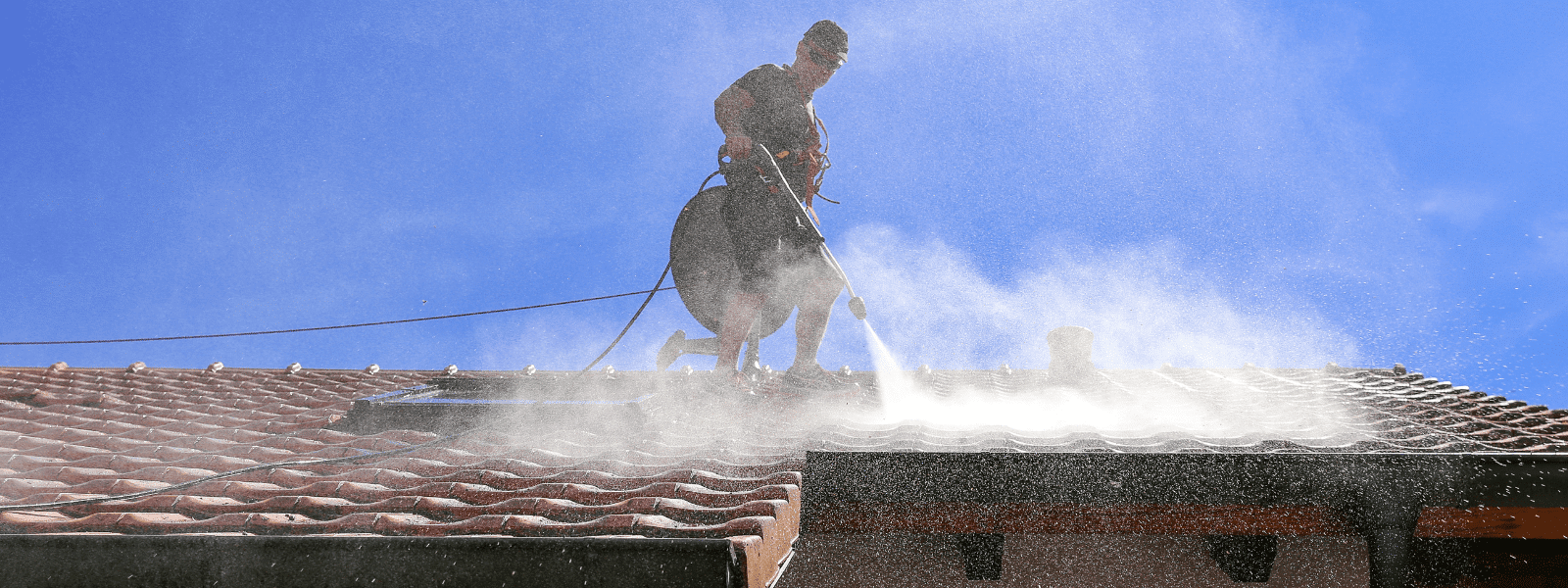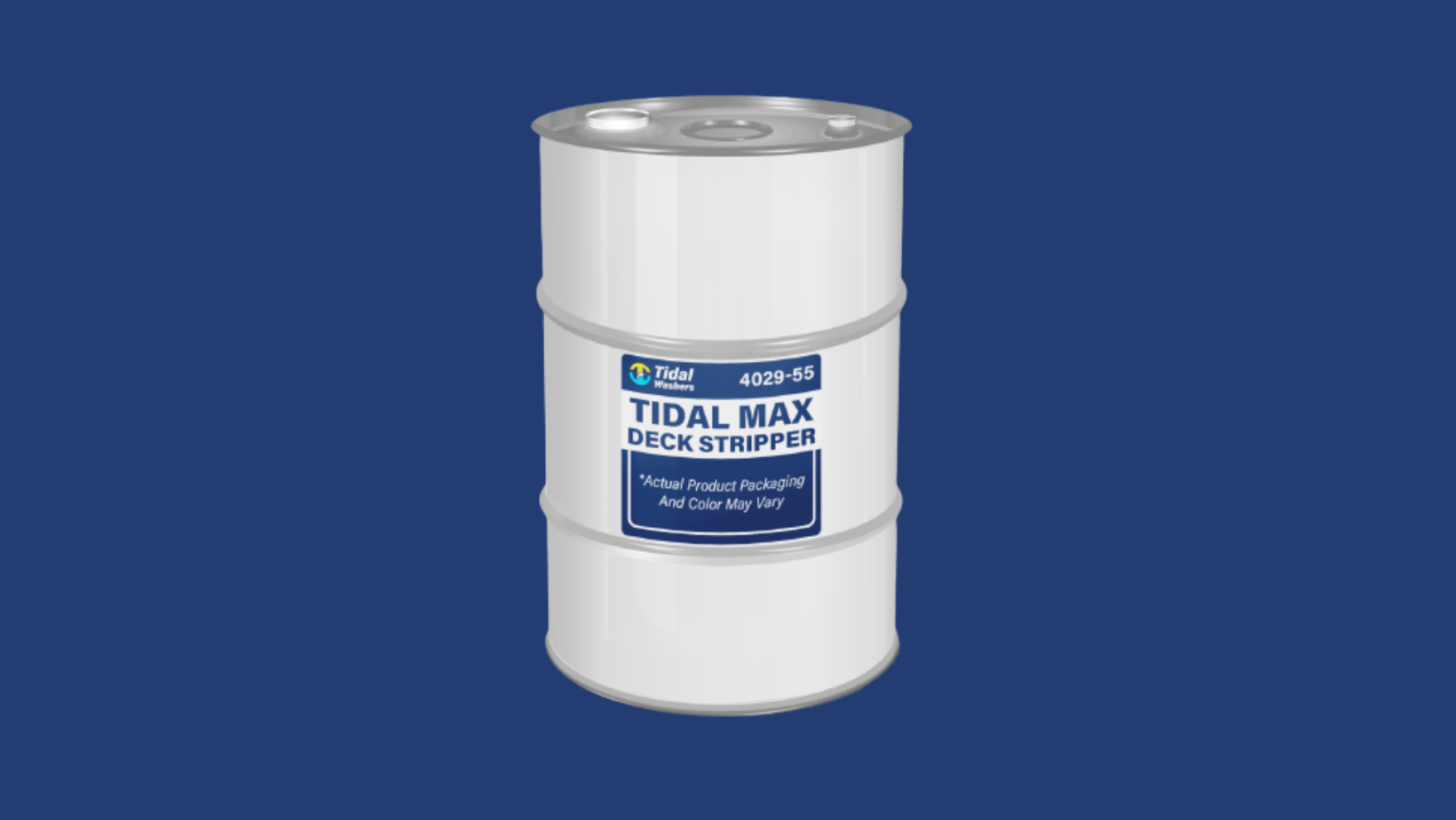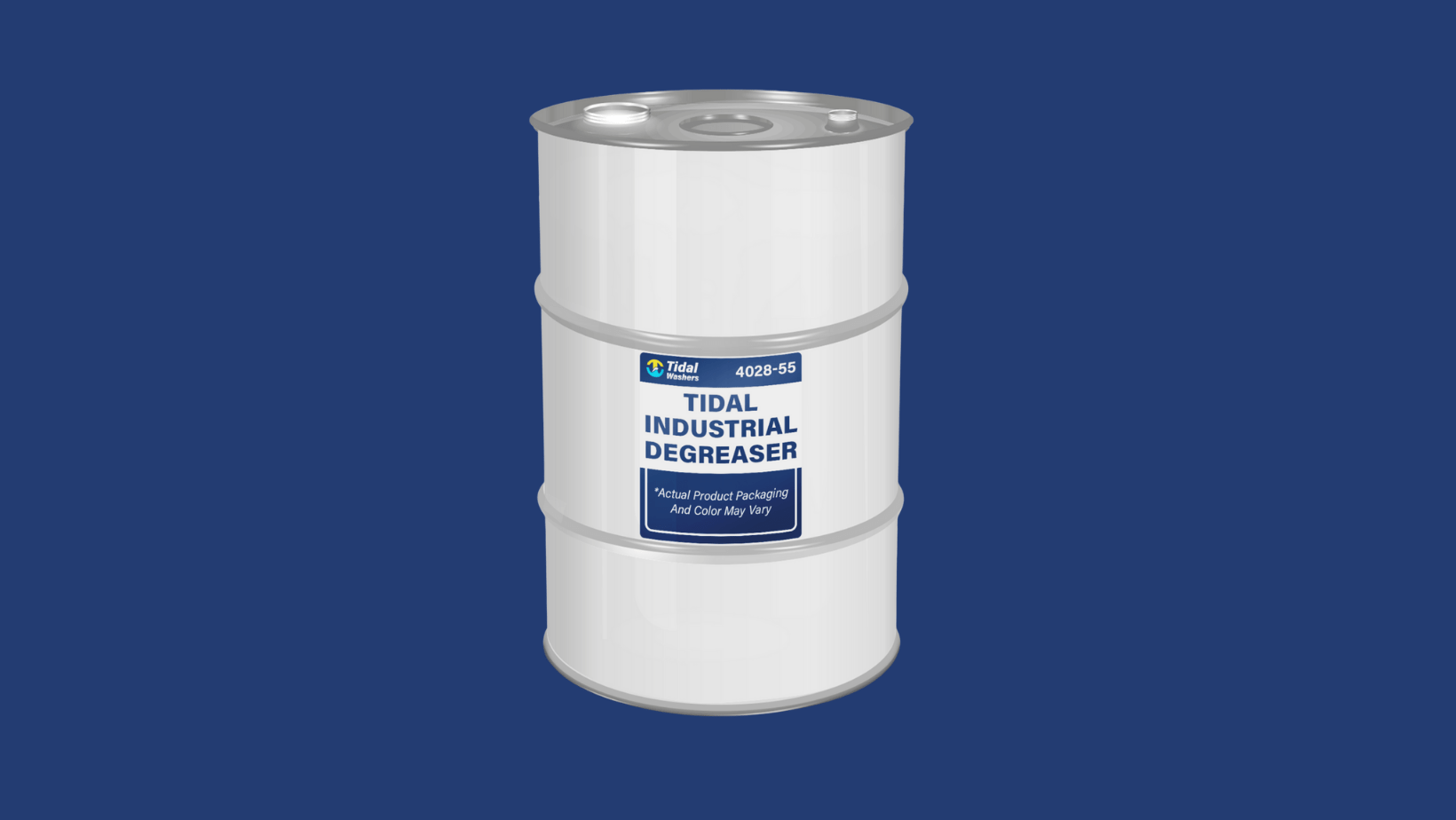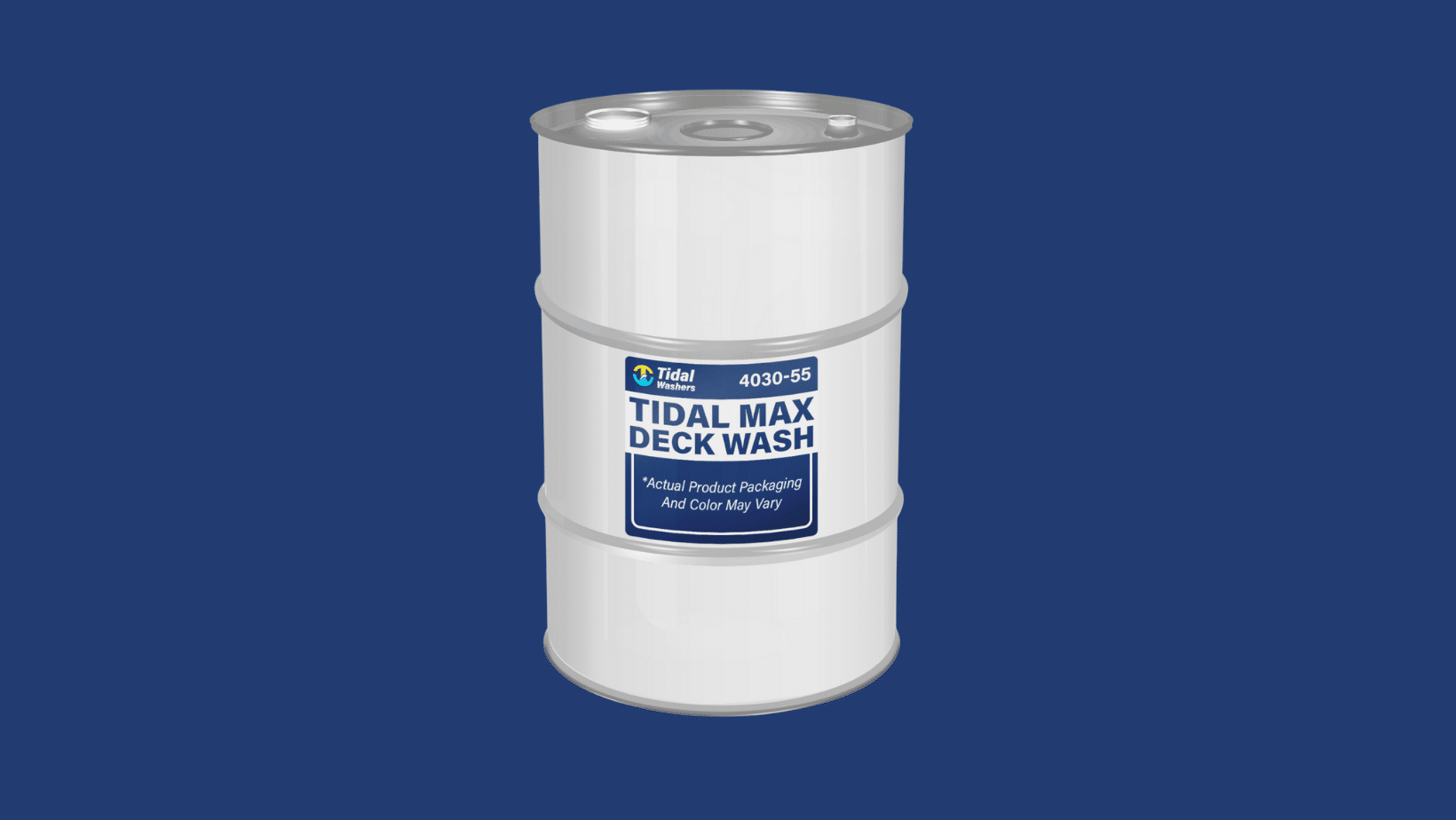The answer is fairly simple: that’s not what it’s for! You need to clean your shingles before you use a soy methyl ester (a.k.a. methyl soyate)...
Blog


CHEMICAL INDUSTRY NEWS
Chemical Chat – Discover What’s New!
The Benefits of Tidal Max Deck Stripper
Looking for a Deck Cleaning Solution? If you have been in the market for a new deck detergent, look no further! Tidal Max Deck Stripper is an...
The Benefits of Tidal Industrial Degreaser
Do You Use Industrial Cleaning Products? If you or your company frequently employs industrial cleaning solutions, consider purchasing Tidal...
The Benefits of Tidal Max Deck Wash
Looking for a New Deck Wash? If you have been searching for a new deck cleaning solution, Tidal Max Deck Wash is the...
The Benefits of Tidal Max Deck Stripper
Looking for a Deck Cleaning Solution? If you have been in the market for a new deck detergent, look no further! Tidal...
Company News

Managed Services
Discover the Latest in Safe and Sustainable Chemical Solutions
Stay informed with Ecolink’s blog! Subscribe now
Chemical Management Information
Stay updated with us
Sign Up for the Latest Updates
Stay informed about chemical supply chain disruptions and emerging innovations to keep your business at the forefront of efficiency and innovation. Uncover new ways to make your business practices more sustainable by incorporating safer products into your cleaning lineup.


























